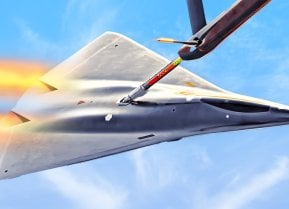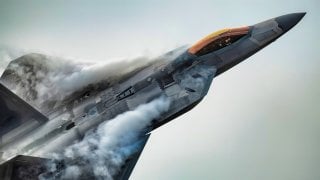$350,000,000 Each: The F-22 Raptor Is the Most Expensive Fighter Jet Ever
The Lockheed Martin F-22 Raptor, the world’s first operational fifth-generation fighter, remains one of the most advanced and expensive jets ever built. The high cost per unit, around $350 million, stems from its groundbreaking stealth technology, advanced materials, and extensive research and development.
Summary and Key Points: The Lockheed Martin F-22 Raptor, the world’s first operational fifth-generation fighter, remains one of the most advanced and expensive jets ever built. The high cost per unit, around $350 million, stems from its groundbreaking stealth technology, advanced materials, and extensive research and development.

-The F-22 pushed the boundaries of aircraft design, incorporating features to minimize radar, infrared, and acoustic signatures.
-Production complications and the reduction in planned units further increased the cost. Despite its high price, the F-22’s unmatched capabilities ensure its continued relevance in modern aerial combat.
Why the F-22 Raptor Remains the World’s Most Expensive Fighter Jet
The Lockheed Martin F-22 Raptor was the world’s first operational fifth-generation fighter. And the F-22 is still relatively futuristic today; when the F-22 first flew, in the 1990s, the jet was a game changer – and unsurprisingly, the most expensive-per-unit fighter jet ever built.
While the Lockheed Martin F-35 Lightning II program would eventually surpass the F-22 program in total costs, the F-22 still reigns as the most expensive-per-unit fighter. So, how did the F-22 come to be so uniquely expensive?
When the F-22 was designed and built, many of the incorporated concepts had never before been attempted. The F-22 was actively punching out the envelope of what was possible with respect to aircraft design. Punching out the envelope means research and development. Research and development is expensive.
The F-22 “was a foray into the future where no one had gone before,” pilot, engineer, and Quora contributor Patrick Bindner wrote. “While it is almost everyday stuff now – it was nothing less than Star-Wars hardware in comparison with existing equipment at both L-M & the USAF [who] were learning how to do it as they went along that pathway. It was a piece of extreme exotica, using cost-is-no-object engineering & materials. It looks like an airplane, but it was the very first full-on stealth fighter & it was an outrageous price for the time.”
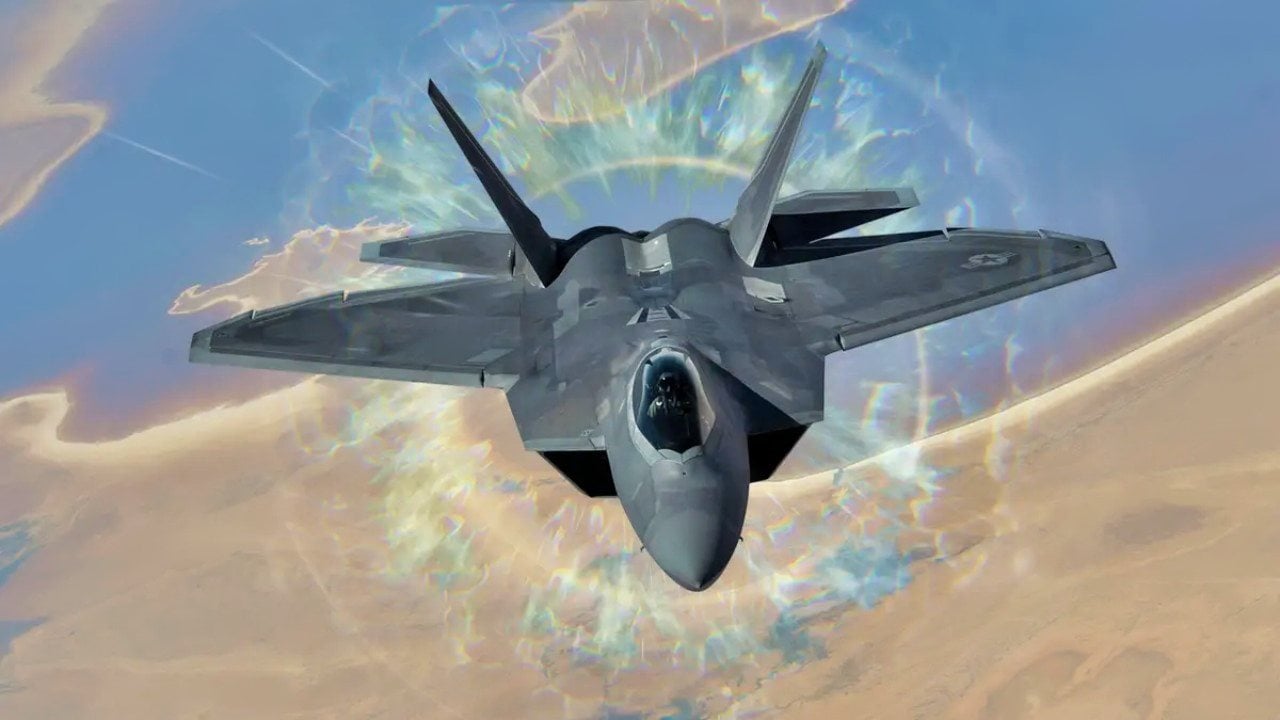
As Bindner points out in 2019, the F-22 was way ahead of its time. “Twenty-two years later it is still not only fully relevant to its design goals, it is still unmatched in its combat niche.”
Basically, being first is expensive. And the F-22 was, in many respects, first.
F-22 Stealth Technology
While the F-22 was not the Air Force’s first stealth aircraft, the F-22 was the Air Force’s first stealth fighter. (Note: the F-117, while designated as a Fighter, was truly an Attack aircraft designated as a Fighter to attract fighter pilots.)
Extensive R&D went into lowering the F-22’s radar cross-section – while maintaining features that would allow the jet to perform as a cutting-edge jet. A variety of stealth features were incorporated into the new jet: the alignment of the jet’s edges; the continuous curvature of surfaces; an internal weapons bay; fixed-geometry serpentine inlets; curved vanes designed to prevent engine face and turbine line-of-sight; the use of radar-absorbent materials on the jet’s exterior. Everything was considered. Even the pilot’s helmet was finessed and adjusted to prevent a radar return.
But the work and materials that went into the F-22’s stealth design also drove up the price tag.
“To achieve its stealth capabilities, the F-22 Raptor utilizes advanced composite materials, such as carbon fiber composites, which are lightweight yet strong,” Laura Clery wrote. “These materials help reduce the aircraft’s weight, enhance its maneuverability, and improve its overall performance. However, these specialized materials are expensive and require meticulous manufacturing processes, contributing to the high cost per plane. Additionally, the intricate integration of various components and systems, including advanced sensors and weaponry, further drives up the production expenses.”
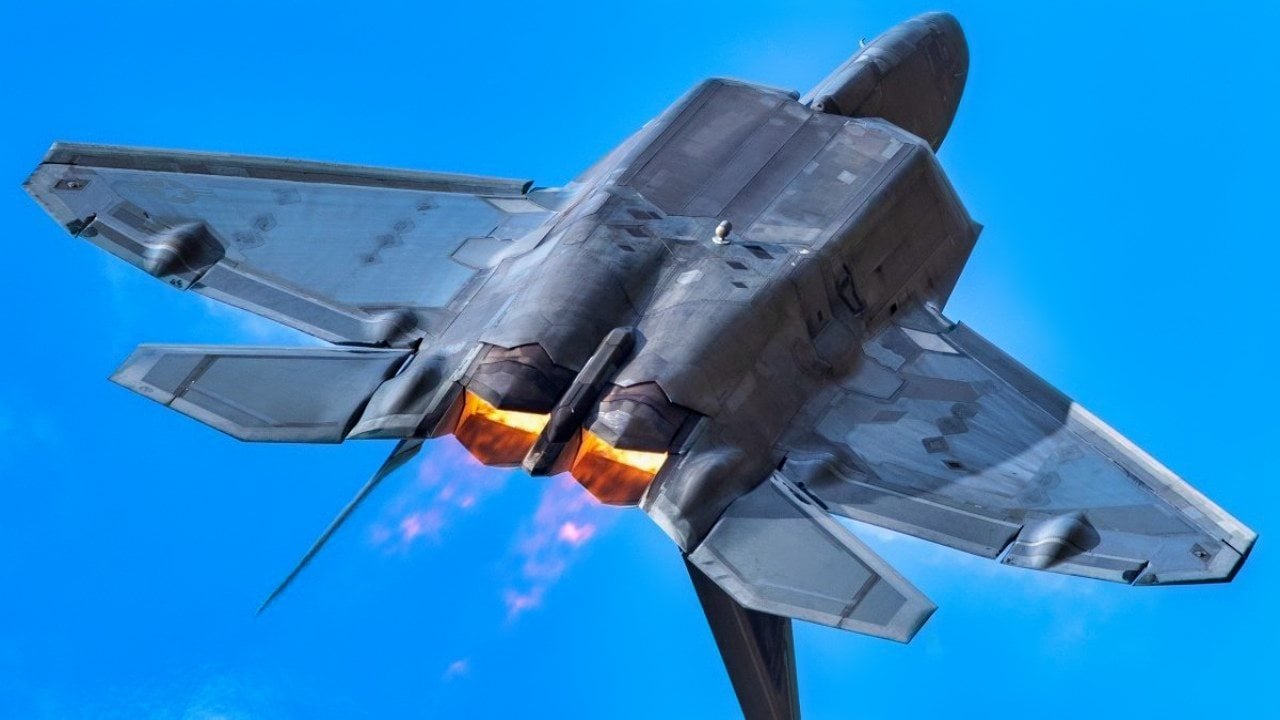
Additionally, the F-22 was designed to limit radio frequency emissions, infrared signatures, acoustic signatures, and visibility to the naked eye. The F-22’s thrust-vectoring nozzles even reduced infrared emissions of the jet’s exhaust plume to reduce the likelihood of infrared homing, or heat-seeking, missiles from connecting with the F-22.
The F-22 was the US’s third stealth aircraft (behind the F-117 and the B-2). And lessons learned during the development of the F-117 and B-2 were applied to the F-22. For example, the F-22 is less reliant on radar-absorbent material than the F-117. And unlike the finicky B-2, the F-22 does not need to be stored in climate-controlled hangars; rather, the F-22 can be repaired on the flight line, or in a normal hangar.
Unforeseen Complications
The development of the F-22 featured various setbacks – which drove the price up. And when production of the F-22 was cut, from a projected 750 or so airframes, to about two hundred, the cost per airplane skyrocketed.
During the F-22’s development, Lockheed Martin encountered “manufacturing and quality control issues,” Laura Clery wrote. “The complex nature of the aircraft, with its advanced stealth capabilities and cutting-edge technology, posed significant challenges in the manufacturing process. These challenges resulted in delays and increased costs as engineers and technicians had to overcome design flaws and ensure adherence to strict quality standards. The rigorous testing and inspection processes added to the overall expenses, further driving up the cost per plane.”
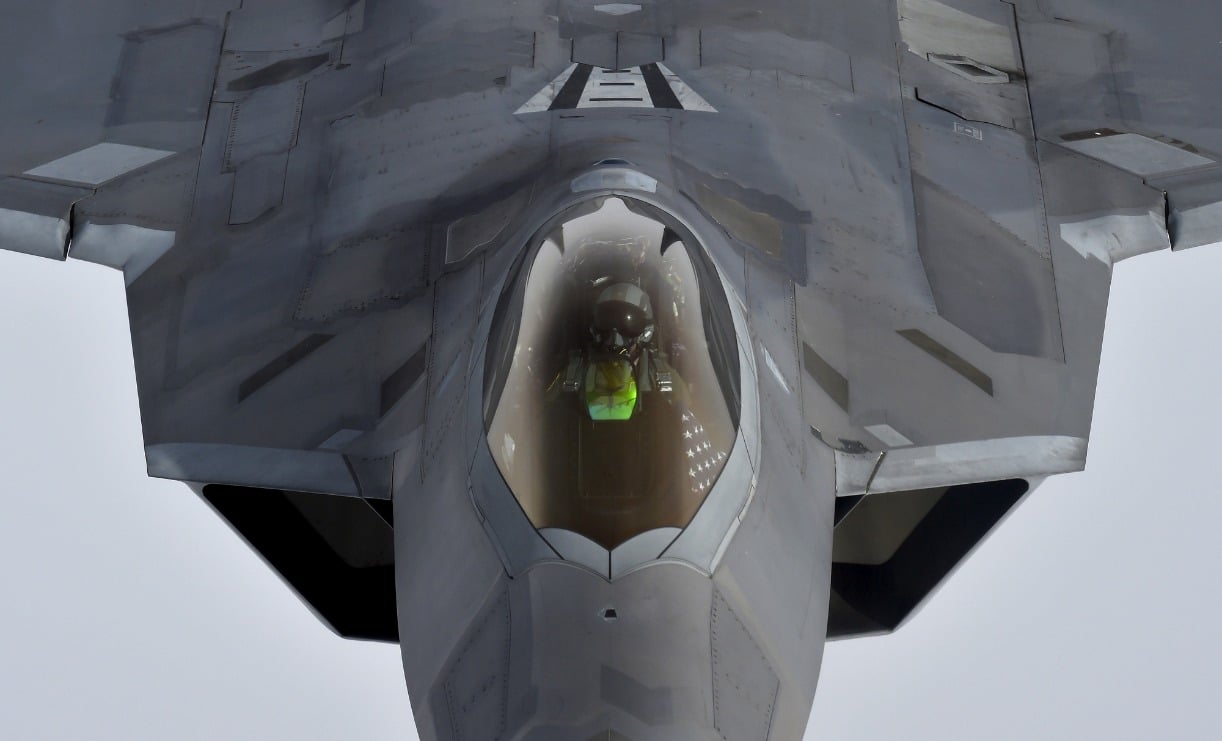
As the Governmental Accountability Office (GAO) reported, the total F-22 program cost more than $67 billion – meaning the cost per plane is around $350 million. To put the F-22’s $350 million in perspective consider that a General Dynamics F-16 Fighting Falcon costs about $63 million.
Indeed, the F-22 is an expensive jet.
About the Author: Harrison Kass
Harrison Kass is a defense and national security writer with over 1,000 total pieces on issues involving global affairs. An attorney, pilot, guitarist, and minor pro hockey player, Harrison joined the US Air Force as a Pilot Trainee but was medically discharged. Harrison holds a BA from Lake Forest College, a JD from the University of Oregon, and an MA from New York University. Harrison listens to Dokken.
All images are Creative Commons.
